FLORIDA — Florida neighborhoods are facing growing risks from invasive termite species, according to University of Florida researchers who are tracking the pests in real-time.
Thomas Chouvenc, associate professor of urban entomology at the UF/IFAS Fort Lauderdale Research and Education Center, said recent studies indicate that Formosan subterranean termites, Asian subterranean termites, and West Indian drywood termites are expanding their reach and posing an increasing threat to homeowners across the state.
To help Floridians stay ahead of infestations, scientists at the center maintain a publicly accessible online termite distribution map that provides real-time updates on termite activity. The map is regularly updated with species samples submitted by property owners and certified pest control operators.
Over the past few years, the Formosan subterranean termite has steadily spread to new counties, with infestations now documented in all major cities, said Mr Chouvenc.
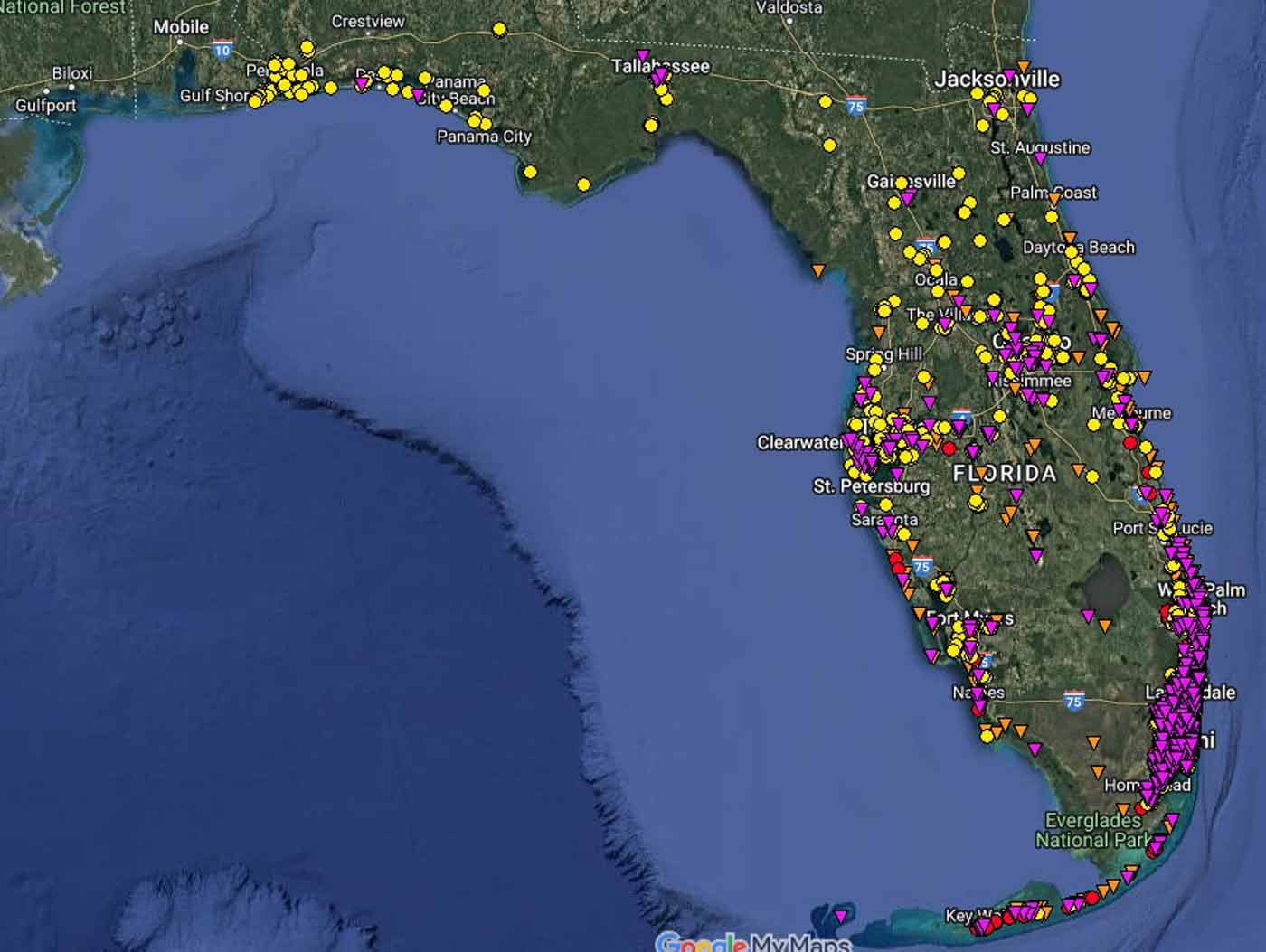
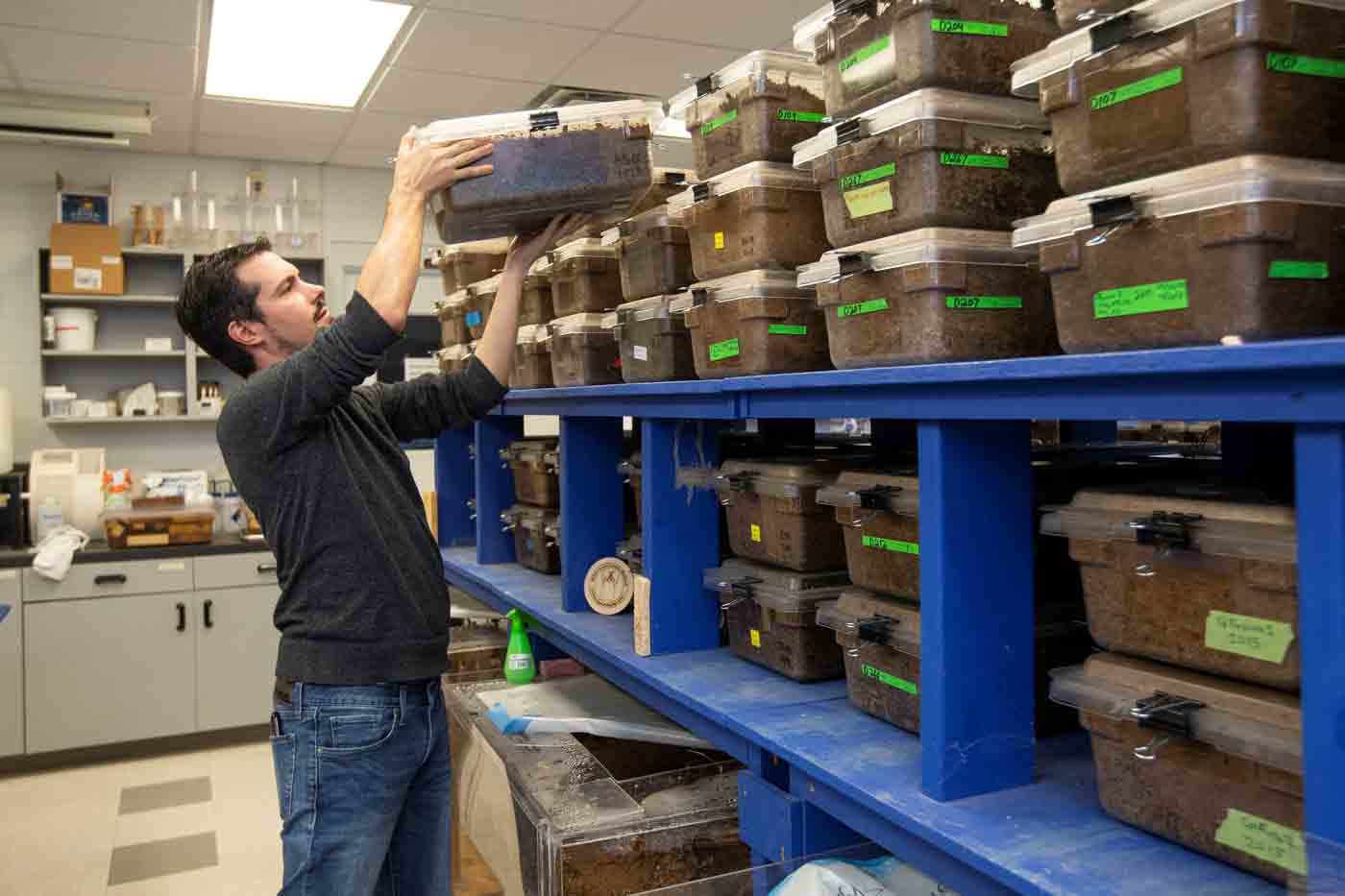
Meanwhile, the Asian subterranean termite, previously limited to South Florida, has recently been found in multiple Central Florida cities, from Tampa to Melbourne. The West Indian drywood termite also remains a widespread and costly concern for property owners statewide.
“All three invasive termite species present serious risks of structural damage over time, but not all communities are equally affected,” Chouvenc said. “As these pests continue to spread, it is crucial for homeowners to understand their local risk and take preventive measures.”
According to Mr Chouvenc, effective termite management requires accurate identification of the species. To assist in this effort, the UF/IFAS termite team offers a species identification service for property owners and pest control professionals.
Although termites are active year-round in Florida, they typically swarm to mate and establish new colonies between March and June. This is when property owners are most likely to notice their presence.
With 20 different termite species found in Florida, researchers urge the public to remain alert for early signs of infestation, such as decayed wood or wings near moldings and windows.
“If you live in a neighborhood with an established termite population of one of these invasive species, you can take proactive steps to minimize the risk of damage over time,” Mr Chouvenc said.
“A conversation with a certified pest control provider can help homeowners develop a long-term strategy to protect their property.”
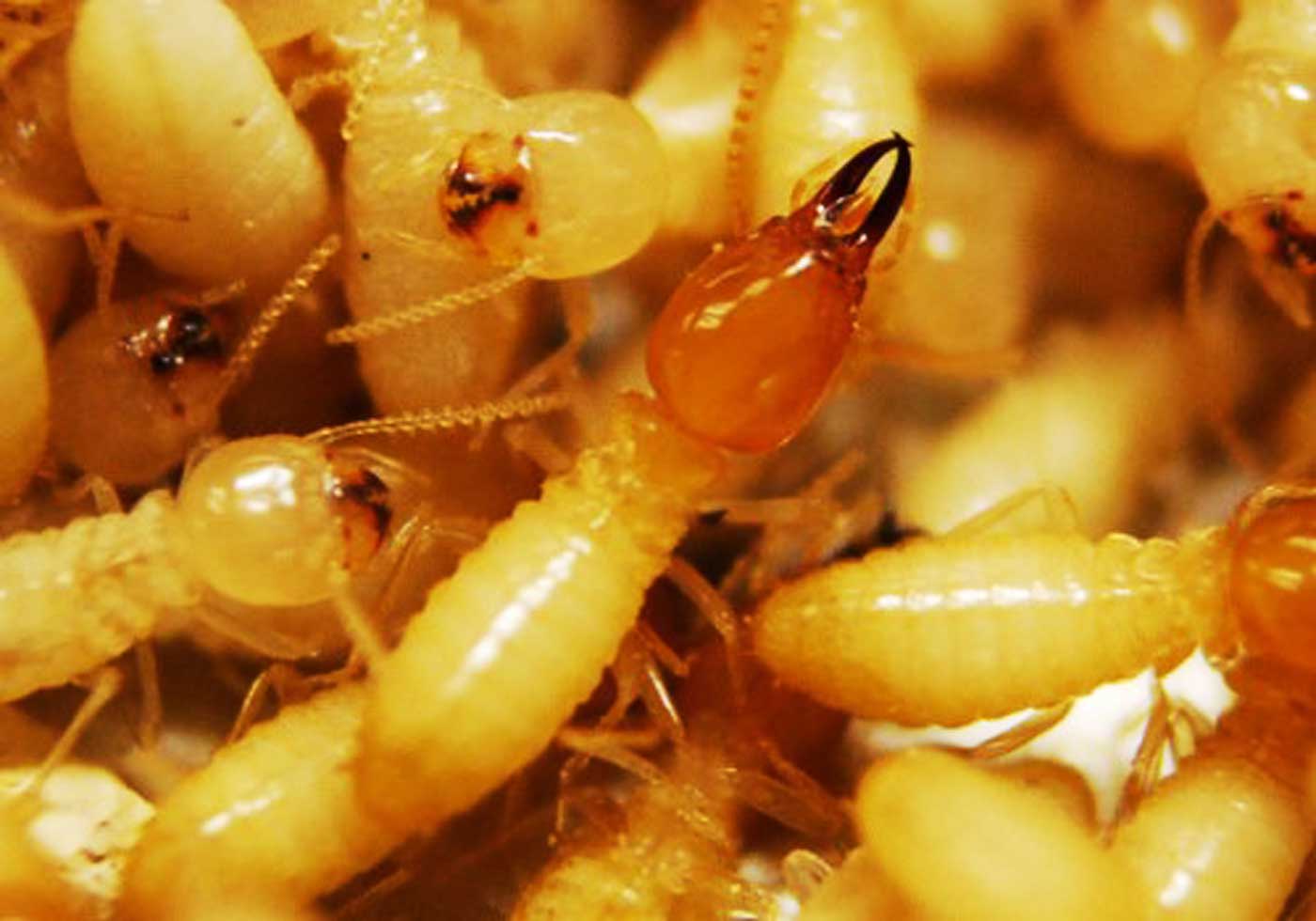
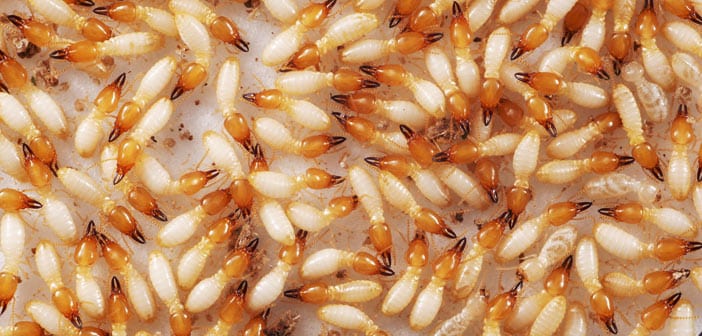

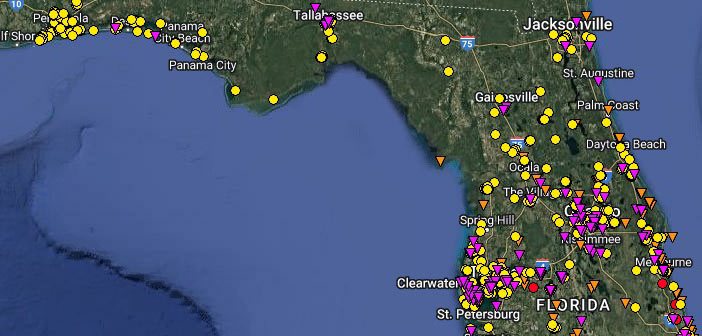


![Veterans Day parade to bring temporary road closures in Niceville [MAP] A rectangular black-and-white sign with bold, capitalized text reading "ROAD CLOSED."](https://niceville.com/wp-content/uploads/2025/03/road-Closed-BW--450x215.gif)
